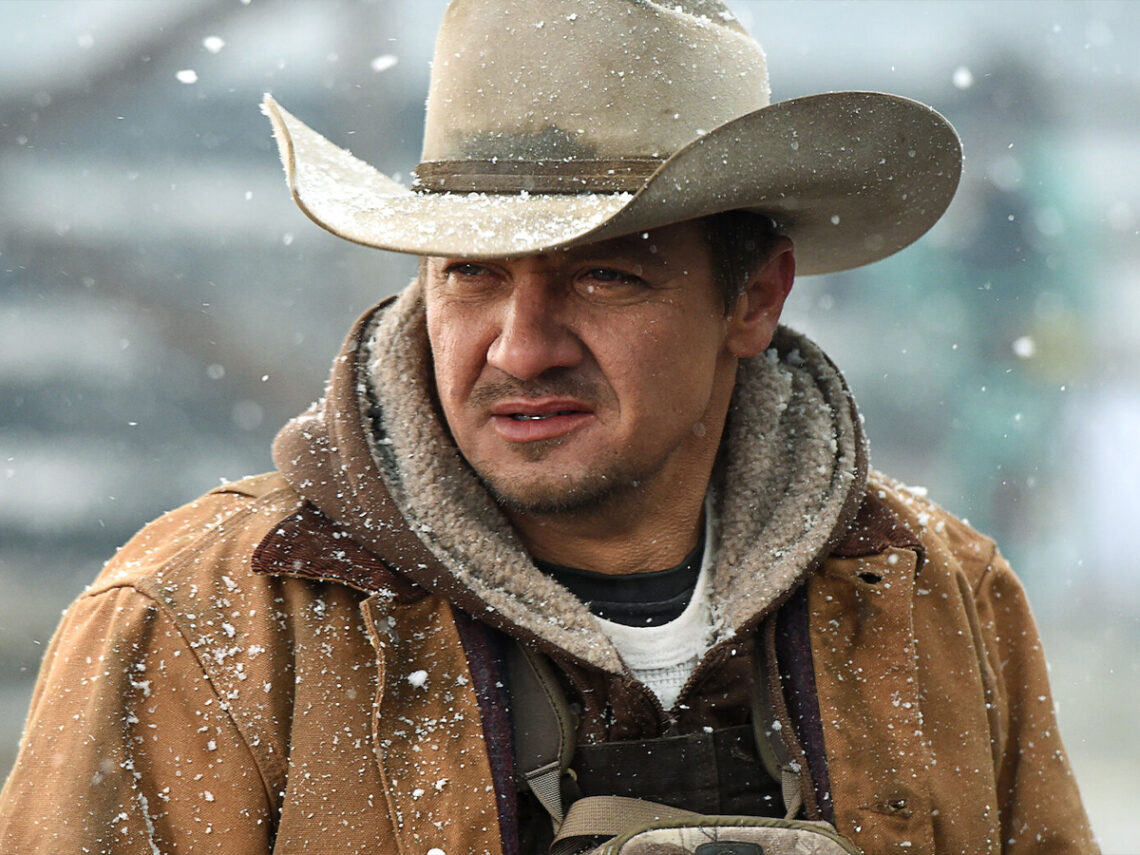
The true story behind Taylor Sheridan’s ‘Wind River’
Taylor Sheridan’s Wind River has found a home on Netflix. But did you know the true story behind his moving western crime drama?
Set against the icy wilderness of the Wind River Indian Reservation, Wyoming, Cory Lambert, a professional US Fish and Wildlife Service tracker is seen stumbling upon the body of Natalie Hanson. Following proof of severe head trauma and sexual assault, due to his hand in discovery, he eventually joins forces with FBI agent Jane Banner to unravel the mystery surrounding the woman’s death.
Ahead of Wind River’s release in August 2017, Sheridan conversed with Deadline, calling the film his “most personal” project in his trilogy on the modern American West, consisting of Sicario and Hell or High Water. It was reportedly conceived as the “conclusion” to the several themes he introduced in the 2015 and 2016 films. In a separate interview with NPR in August that year, the Yellowstone creator expressed hope that Wind River breaks the stereotypical presumptions surrounding Native American culture.
“I think my mission, if I could call it that, as a storyteller, is to try and find ways to show how similar we are and not how different we are. You can admire the differences and distinctions and respect them and learn from them,” he claimed. So, is Wind River based on a true story?
According to Sheridan’s conversation with NPR, while the movie plot is not, it is inspired by “thousands of actual stories just like it”. Hate crime against women has persisted since the dawn of time, and the reservation is especially within the clutches of an unfair system. But in the last 15 to 20 years, the statistics have climbed at an alarming rate, whether due to the prevalence of greater reporting and coverage or the darker alternative of women, especially people of colour, being forever seen as second-class citizens of humanity’s spread.
Having spent years travelling through and living on Native American reservations in his late 20s, Sheridan shared how his experience ultimately got him behind the cameras for Wind River in a written testimony supporting the Savanna’s Act. His familiarity with the Pine Ridge Reservation’s Northern Arapaho and Eastern Shoshone inhabitants granted him a grassroots level understanding of their catalogue of challenges beginning with hate crimes against the community and marginalisation and running into unemployment and lack of financial stability.
The filmmaker saw the discrimination first-hand when he was sent away from a gas station due to his proximity to Native Americans. “I was judged not for my race but for their race,” he recounted incredulous. Consequently, using his momentum in Hollywood to open up about the community’s distress over the lack of attention, Sheridan chose to tell their story in Wind River.
Wind River focuses on the murder and rape of Natalie Hanson, and both aspects are equally essential. She was an athletic prodigy and an academic champion who would have been the first to attend college in her family. She was the catalyst who could have broken the cycle of poverty and boasted a bright future ahead of her. But her sudden days-long disappearance, with her body found in a secluded area in the reservation, with little detail surrounding the circumstances of her death, carries the spirit of so many women stemmed in their prime.
Wind River is Natalie’s story and the thousand others like her. Sheridan aimed to end the film with a statistic to raise awareness in people about the “magnitude of the issue”. But even after several trials, they couldn’t get one because “no one’s keeping it”, so they forged their solitary path to put a log into the simmer. In case you haven’t watched, Wind River is streaming on Netflix US.